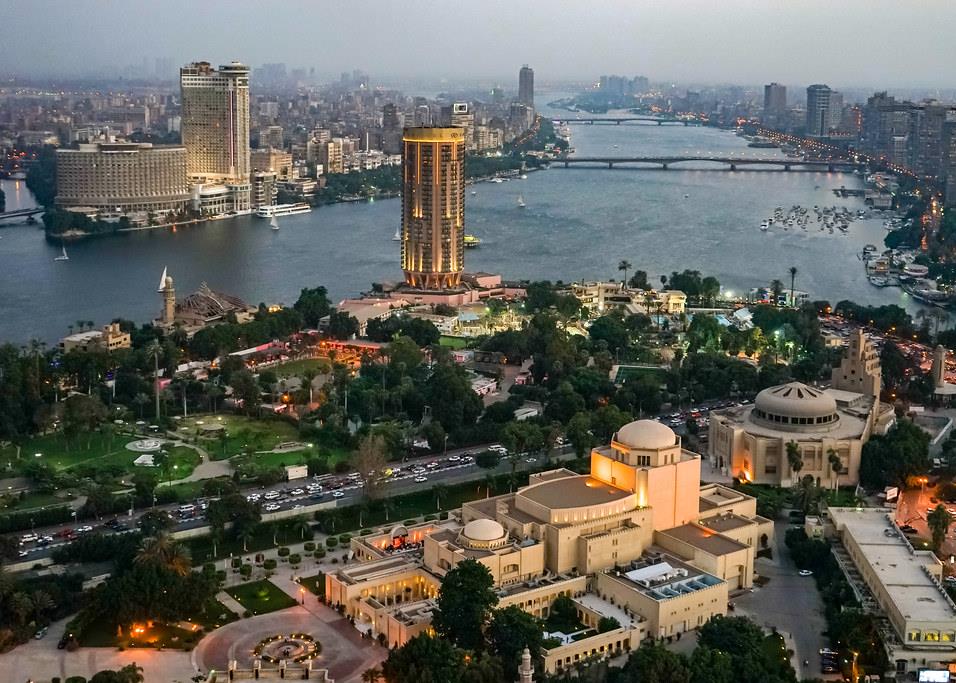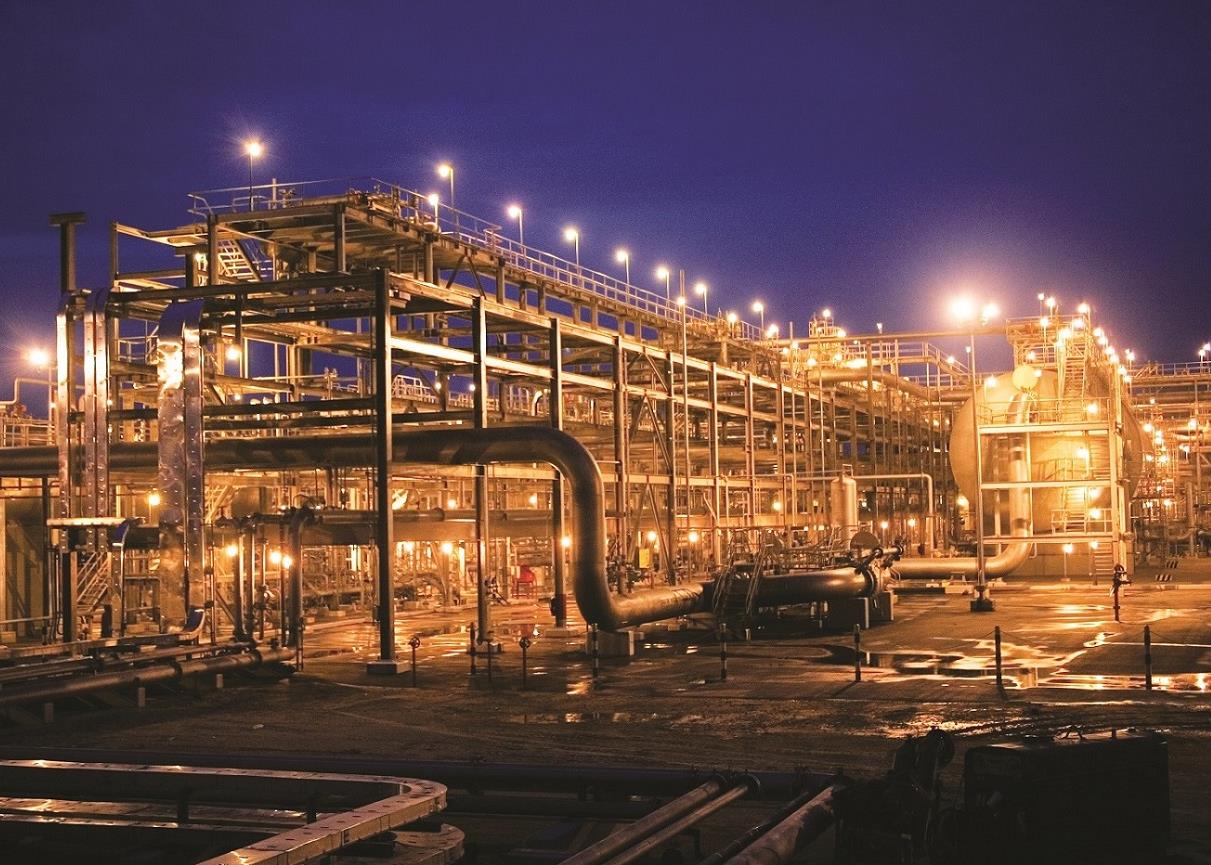

In conversation with Dietmar Siersdorfer, Middle East and UAE managing director, Siemens Energy
 A key takeaway from Energy Week was the gap between perception of progress towards net zero and what is happening in reality. Why is this?
A key takeaway from Energy Week was the gap between perception of progress towards net zero and what is happening in reality. Why is this?
We are in a race to net zero and countries are at various stages of maturity and have different net-zero target dates. Regardless of where they are in their journey, companies, countries and governments are proud of their achievements and want to highlight them.
They are eager to portray their ambition and success in decarbonisation, not their shortcomings. We often hear about the biggest, cheapest or most innovative renewables, green hydrogen or green fuels solutions and the latest decarbonisation technologies. This publicity forms popular opinion.
What we do not hear about are the difficulties these countries face in cutting emissions. The challenges are real. Achieving net zero is not about technology alone. We need to develop and focus on other sides to move the energy transition forward.
We must also focus on partnerships, financing, and putting the right policies and regulatory frameworks in place. All that takes time and a lot of coordination.
It is great to talk about our successes, but we must ensure we are not greenwashing. The excitement over what we have achieved is a good thing and shows that companies and governments are interested in a greener world, but we need to ensure that it is backed up by real action. Pilot projects are good, but we need to look at how we can scale them up and speed up our energy transition.
The UAE, Saudi Arabia and Bahrain have all announced net-zero targets for 2050 and 2060. What realistic steps can they take to achieve these goals?
As each country tries to achieve its targets, it will have to rethink its behaviour, economy and politics. But individual attitudes need to change as well.
During that journey, countries will have to undergo major transitions in the energy sector, including a massive expansion of renewables, widespread electrification, improved energy efficiency and use of alternative fuels.
Saudi Arabia is transitioning to bridging solutions and shifting towards cleaner gas-burning instead of oil for its energy production, using highly efficient gas turbine technologies that can later be used for hydrogen. The kingdom, a potential wind and solar energy leader, has ambitious plans for renewables. It is developing a futuristic megacity, Neom, which will run completely on renewables and is expected to become a major exporter of green hydrogen.
Each country will move on its own energy transition journey at its own pace, but we must all understand that we cannot do it alone
Dietmar Siersdorfer, Siemens Energy
Pilot projects are a good way to start with new technologies like hydrogen. We are working on hydrogen pilot projects in the region that we can test on an industrial scale and under real conditions to reach market maturity more quickly.
In the UAE, Siemens Energy, Dubai Electricity & Water Authority and Expo 2020 Dubai inaugurated the Mena region’s first industrial-scale, solar-driven green hydrogen facility, at Mohammed bin Rashid al-Maktoum Solar Park. The landmark green hydrogen pilot project illustrates the importance of partnership in driving clean energy solutions.
In Abu Dhabi, we are working on the Green Falcon project with the Abu Dhabi Department of Energy, Masdar, Total Energies, Etihad Airways and Lufthansa. The first phase of the demonstration programme will focus on producing green hydrogen for passenger cars and buses in the Masdar City area. In parallel, a kerosene synthesis plant will be built to convert the majority of the green hydrogen into sustainable aviation fuel. The production of decarbonised fuels for the maritime sector will be explored in the second phase.
Each country will move on its own journey at its own pace, but we must all understand that we cannot do it alone. It requires partnership and collaborative action beyond silos. Forming alliances with technology partners, industry partners and an experienced coordinator to facilitate activities will lead to sustainable solutions that accelerate the decarbonisation journey.
Is there too much focus on power generation and not enough on grid capacity? How can stakeholders prioritise this aspect of a sustainable electricity system?
The transmission network is the lifeline that connects everything. Ensuring a stable and strong grid is one of the most important components of a successful energy transition.
As more renewable energy capacity is built, we will face electrical fluctuations across the grid due to the intermittency of renewable energy generation. That will complicate the management of the grid as it will vastly increase the complexity of matching supply to demand in real-time and create an urgent need for flexibility.
Today’s grids are not prepared for this challenge, which affects network voltage, frequency and load flow. We need automation, grid stabilisation and storage to prepare our grids for the future, which means more infrastructure investments.
To make the grids more resilient, we will need to adopt solutions that help with fast-reacting voltage control under various load conditions, and provide inertia and a fast-frequency response in the case of sudden changes in generation.
Digital technologies will also have a big role in future grids. Smart grids will become a key enabler to the new world of renewable systems. It is important to use state-of-the-art digitalisation technologies to safely manage the new grid ecosystem and leverage all automation potential. Data analytics and state predictions will boost the utilisation of transmission assets tremendously by enabling better transparency, availability and operational efficiency.
What is the potential for industrial electrification in the region? How feasible is it to balance sustainability and cost in the transition toward this?
There is massive potential for industrial electrification in the region. The industrial sector accounts for 37 per cent of all energy used worldwide and about 18 per cent of global CO2 emissions. There is enormous scope to improve efficiency, reduce emissions and create value.
Sector coupling has an important role to play through actions like integrating renewables, developing energy storage solutions and utilising waste heat. Furthermore, onsite systems allow plants to create new revenue streams by selling back to the grid any excess generation.
In Canada, Siemens Energy is working on an all-electric Woodfibre liquefied natural gas (LNG) project near Squamish, British Columbia. The environmentally friendly LNG facility will be sized for 2.1 million tonnes a year and will utilise clean, renewable hydroelectricity, reducing greenhouse gas emissions by more than 80 per cent.
This innovative way to decarbonise the natural gas chain can also be applied in this region. In the Middle East and Africa, we can leverage the vast quantity of available renewable energy to electrify industry through sector coupling.
Modern life requires a lot of natural gas and plastics, and this won’t change in the short term. If we can electrify industries and reduce greenhouse emissions, we are moving in the right direction. It is a necessary step to provide all sectors with rapid access to renewables.
Politicians and industry must work closely together to create the right regulatory framework. Investment, innovation and partnership are a necessity to make the energy transition happen.
Related reads:
- Region primed for global green hydrogen leadership
- Africa's energy trilemma
- Driving deep decarbonisation across all sectors

You might also like...

Red Sea Global awards Marina hotel infrastructure
18 April 2024

Aramco allows more time for MGS package revised prices
18 April 2024

Morocco tenders high-speed rail project
18 April 2024
A MEED Subscription...
Subscribe or upgrade your current MEED.com package to support your strategic planning with the MENA region’s best source of business information. Proceed to our online shop below to find out more about the features in each package.







